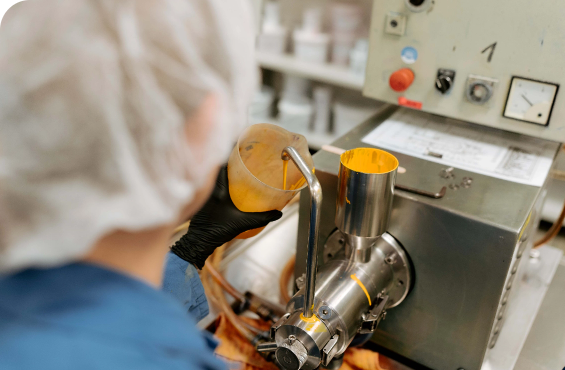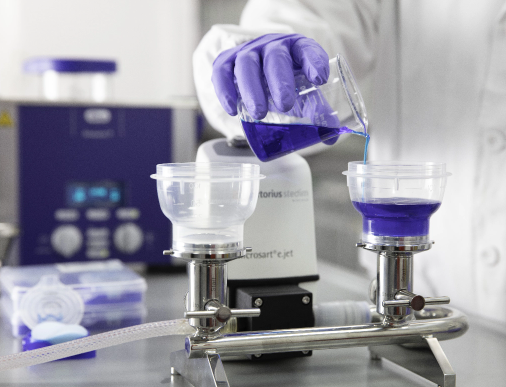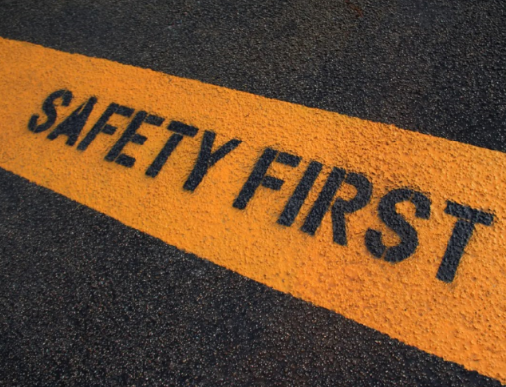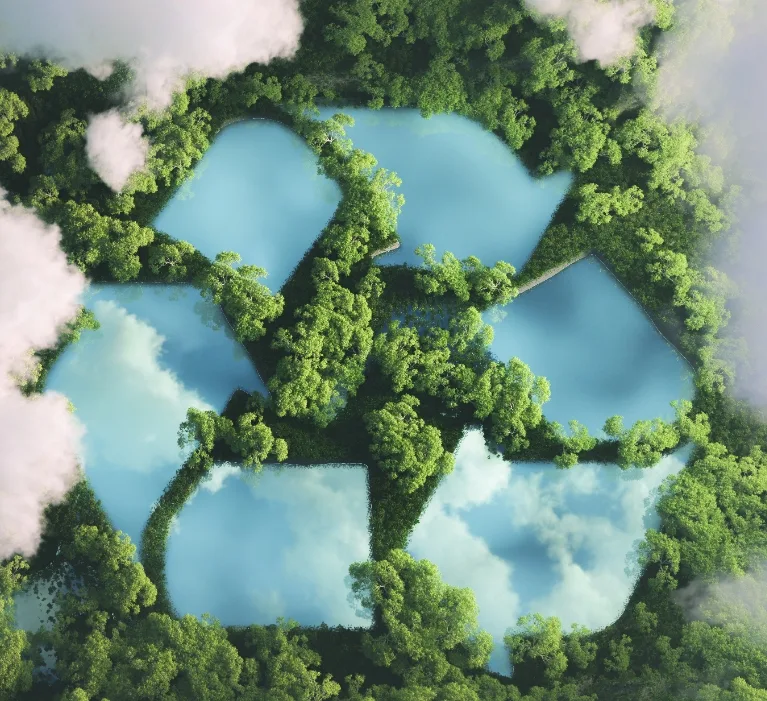Accountable Product Innovation
Product stewardship is a core commitment at Sudarshan. Our Product Stewardship teams ensure that all products are safe to handle and use throughout their life cycle, for employees, customers, and end users. Our guidelines and systems are designed to uphold product and production safety and ensure compliance with all applicable national laws, regulations, and internationally recognized standards, including REACH (Registration, Evaluation, Authorization and Restriction of Chemical substances) regulation and the Global Product Strategy (GPS) of the International Council of Chemical Associations (ICCA).
Through every phase — from product development to disposal — our stewardship team ensures responsible lifecycle governance, regulatory compliance, and proactive risk management.

Through every phase — from product development to disposal — our stewardship team ensures responsible lifecycle governance, regulatory compliance, and proactive risk management.
New product development
Ensure comprehensive safety and regulatory assessments of every product before launch
Manufacturing
Oversee regular safety training, compliance checks, and audits.
Transport
Ensure product labelling as per GHS and EU–CLP standards and compliance with international safety regulations
Product Use and Disposal
Provide safety guidance on handling and disposal to customers, based on hazard analysis

Our effect pigments designed for cosmetic uses comply with regulations such as European Cosmetic Regulation (EC) no.1223/2009, 21 CFR Part 73 subpart C: Cosmetics, Japanese standards of cosmetic ingredients (JSQI 2006), and Chinese Safety and Technical Standards for Cosmetics (2015 version).
Specially designed pigments and pigment dispersions comply with regulations like the European Cosmetic Regulation (EC) No.1223/2009 and 21 CFR Part 74 subpart C: Cosmetics.

Sudarshan is committed to enhancing sustainability throughout our value chain, from the early stages of ideation to product launch. We aim to consistently minimize any environmental and public health risks and integrate sustainability perspectives at the earliest stages of product development. This approach helps us operate more sustainably and develop products that meet safety and environmental standards.
For our continuous improvement initiatives, the Stewardship team works closely with analytical, quality, and R&D teams to drive the projects to meet evolving regulatory requirements, identify replacements for hazardous chemicals, and lower impurity levels. Through continuous process optimization, we focus on improving both product purity and performance.

Chemicals are part of most products we use today – in cars, in jeans, in Cosmetics, in laundry detergents, in televisions and telephones. All the chemicals are subject to stringent testing procedures and evaluations, regulated and required by law.
We focus on applying new approach methodologies in our testing strategies and integrated testing techniques, such as computer modelling and in vitro techniques. We are also proactively engaged, directly or through industry associations, in scientific and regulatory exchanges in order to promote the development of alternative methods and the validation process of these methods.

Sound chemical management is a global responsibility. In this respect, regulatory bodies worldwide, like the European Chemicals Agency (ECHA) and the International Council of Chemical Associations (ICCA), have adopted specific statutory regulations and guidance to improve the protection of human health and the environment from the risks that can be posed by chemicals.
A risk assessment is the process of analyzing information to determine whether an exposure to identified chemical hazards might cause harm to human health and/or the environment and consists of four key steps:
- Hazard identification
- Dose-response-assessment
- Exposure assessment
- Risk characterization
The outcome of the risk assessment process, the risk characterization step, defines the nature and degree of a certain risk to a certain hazard under specific exposure conditions in sufficient detail to allow consideration of appropriate risk management options for chemicals.
Besides mandatory compliance with chemical legislations in various jurisdictions, ONE Sudarshan focuses in particular on the following:
-
Resolution AP (89)1 specifications
-
IX. Colorants for Plastics and other Polymers Used in Commodities as of 01.06.2019
-
Commission Regulation (EU) No 10/2011 of 14.01.2011 on plastic materials and articles intended to come into contact with food
-
Circulaire No. 176 of 2 December 1959 on pigments and colorants intended for use in plastic materials and packaging as a reference text
-
Safety of toys DIRECTIVE 2009/48/EC with the current version dated 21.05.2021
-
ROHS EU directive 2015/863/EC (amendment of EU directive 2011/65/EC) on the restriction of the use of certain hazardous substances in electrical and electronic equipment
-
Regulation (EC) No 1272/2008 on classification, labelling and packaging of substances and mixtures, amending and repealing Directives 67/548/EEC and 1999/45/EC, and amending Regulation (EC) No 1907/2006 with current version 01.10.2021
-
French Agency for Food, Environmental and Occupational Health & Safety's Decree 2012-232
-
German Printing Ink Ordinance
-
German Printing Ink Ordinance
-
Swiss Ordinance (SR 817.023.21) 8124-5:2015
-
Indirect food contact application following EU and US FDA regulations
-
Continuous monitoring of the substance of concern

